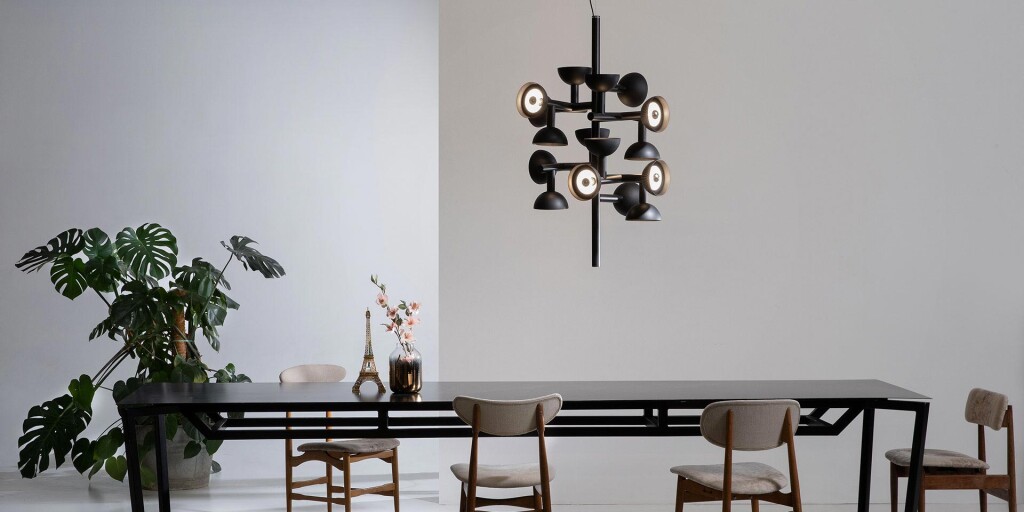
DEBONADEMEO, signs, products, emotions
Luca De Bona and Dario De Meo, founders of the eponymous studio DEBONADEMEO and respectively architect and designer, met between Milan and Padua. They started a collaboration that draws inspiration from the theme of the journey, producing signs and drawings in response to the needs of the contemporary habitat. They collaborate with prestigious furniture, lighting and decoration companies dealing with art direction, concept design and product development. A research on a micro and macro scale that reinterprets and merges various fields: architecture, design, graphics and art, to create innovative environments and objects capable of telling stories.
When did you decide to start Debonademeo studio? Was there a project, a particular moment?
Although we both grew up in Veneto, we met by chance in Milan, hanging out with mutual friends and attending some events and aperitifs. We immediately discovered an affinity of thought, a common sense of curiosity and a similar pace of work. We therefore decided to join forces and minds to propose a way of designing that did not follow the rules or trends, but derived from our vision of the world: connecting materials and sensations to define forms that are useful in a practical or only perceptive sense. After the respective study paths and the first working collaborations, in 2014 we decided to develop together a brief received from Karman. Initially our desk corresponded to the table at home or in a bar, the seat of the car, the train … in mid-2015 we decided to open the studio in Padua.
How do you work together? Are you complementary or opposite?
We have two different personal and academic paths, Dario comes from the Politecnico di Milano where he studied Industrial Design while Luca from the IUAV in Venice, where he graduated in Architecture. In the design phase, skills and attitudes merge. We both became designers to give vent to the need to express those thoughts that whirl in our heads as soon as we approach reality. To give them a shape, a name and let them make their way by meeting people’s needs, the laws of the market, challenging or following time and fashions.
There isn’t a method, a winning idea or a canonical creative process. After an in-depth knowledge of the client, of his history and of the production chain, we begin to chat, to superimpose thoughts and geometries, historical and artistic memories to future projections. Ideas become exchanges of opinions and words become signs on paper: sketches, notes, graphics that mix in a four-handed concept. At that point the development, the feasibility analysis begins and the character of the project that will become a product begins to be outlined.
c
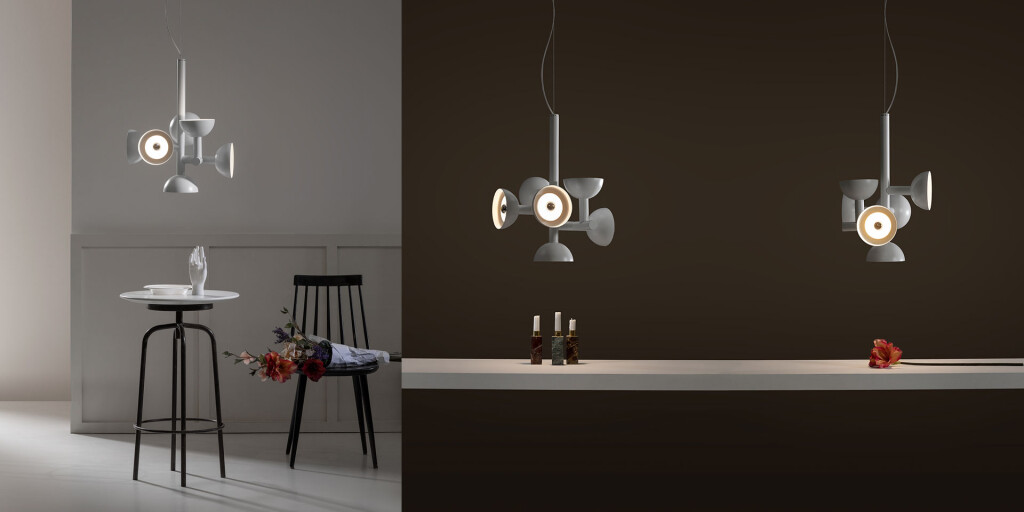
Sibilla for Karman
A typical day in the two Debonademeo studios, in Padua and Milan.
Padua is the city in which we usually live and which allows us to reach most of the producers and subcontractors where we can check all the construction phases within a short distance. Reaching the studio every morning means crossing an ancient city rich in traditions. In Padua, the study station expands until it reaches the lively squares or the table of a bar, where sipping a spritz means dialogue, exchange and good design insights.
Milan is the city of wishes that come true, a wonderful book of the history of architecture and design in the open air, a meeting of cultures and visions. Here the studio becomes a place for official appointments and a privileged position from which to see what happens in the world and from which to follow the launch of our ideas and perceive the first reaction of the public.
You have experience in the design of different types of furniture and accessories, from lamps to upholstery. Can you explain us your idea of contemporary habitat?
The word habitat has in itself multiple meanings that perfectly define the scenario in which we like to imagine contemporary man. In fact, among the forms of art, architecture is the only one that can be “inhabited”, therefore this allows it to hold aesthetic value, but also to act as a container capable of telling the soul of what it contains.
Design must be more and more adherent to uniqueness, interpretable, ductile, sustainable. Only in this way can concretely contribute to the creation of the habitat intended both in its meaning of “clothing that adheres to the psychophysical needs of the individual”, and as a place inhabited, lived, enjoyed. Each project has a unique genesis. It can arise from a request, from an intuition, from an event, from a need.
We have always liked to define our design method as a Hic et nunc. This Latin phrase, which means “here and now”, fully represents our approach that does not follow precise rules, but is a result of a precise moment. It reflects a state of mind, social condition, the actuality of the present also intended as tension towards the future and nostalgia for the past. Our works are like a frame that freezes an ongoing process, tells a story that blends ancient inspirations with avant-garde technologies, making it tangible, usable. Thus ideas take shape and try to respond to the unexpressed needs of the society that surrounds us to establish relationships of emotion, fascination, attraction.
In your opinion, how can industrial designers respond to the current lack of raw materials and price increases?
The designer has always been an eclectic figure, capable of putting together shapes and concepts that, until then, seemed distant from each other. This predisposition could be the key to generate new solutions, new processes capable of upsetting the current supply chains, thus triggering projections of possible futures. Today, the industrial designer should be the one who drives new genuine trends, even if, often, he/she is the one who follows them. Unfortunately this involves adapting to onerous classical methods and processes that do not correspond to current needs.
We think that a designer should start looking at the product from a distance, not only focusing on aesthetics and function, but going further. He/she needs to guarantee a sustainable, economical and optimized supply chain in order to ensure low costs and consequently adequate prices. Looking at many beautiful objects, we realize that this problem is due to the use of very expensive materials and processes and we often wonder how we can get certain results in a cheaper way. This is certainly a bold challenge that designers must and will have to face in order to guarantee both a future for design as a tool to sell a product, and to continue to support design culture.
In conclusion, we think that the industrial designer can respond to the current lack of raw materials and price increases by thinking before drawing, not only about himself/herself and his/her beautiful idea, but above all if his/her idea can somehow improve the state of the art. All of this is possible for the designer if supported by design brands able to look at the future in a different way, ready to bet on something that did not exist until that moment.
What are you working on now?
The events that characterized current affairs have subverted production rules and the relationship between supply and demand in the design sector. The companies we collaborate with have undergone identity changes that have spilled over into the type of objects to be offered to the public. We found ourselves operating in the most disparate sectors, from textiles to ceramics, to sound-absorbing materials, following a rhythm no longer dictated by a canonical calendar, but by the needs of a new form of marketing. On the one hand, it rediscovers traditions and craftsmanship to the point of invading the world of art and on the other it needs products that can be perceived through the screen of an electronic device. Our work is focusing on commonly used products (lighting, upholstery, accessories…) that interpret these trends, protecting the specificities of brands and projecting them towards a future that is as innovative as it is in need of comfort, emotion, pragmatism and sustainability.
If you want to know more about Debonademeo studio and products visit their page and follow them on Instagram!
c
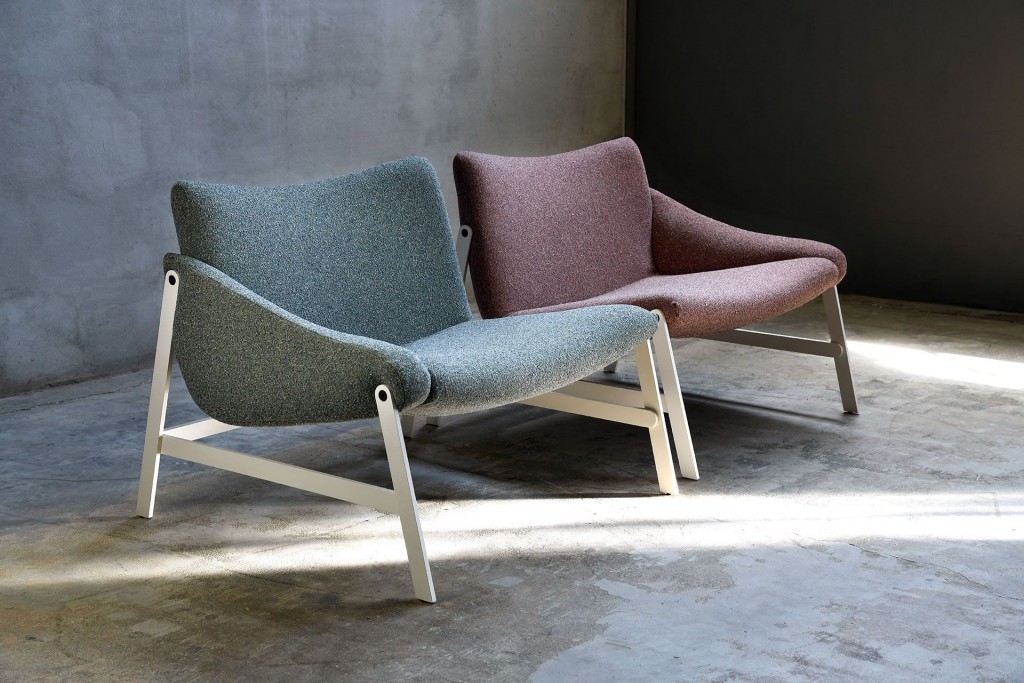
Hammock for Adrenalina 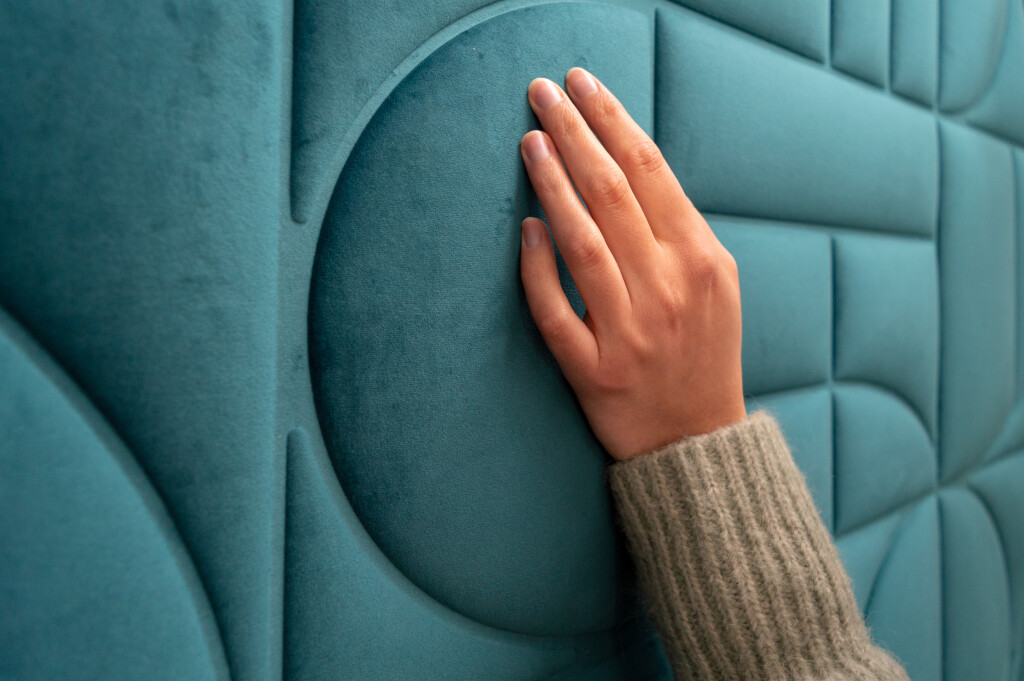
Jazz for Slalom 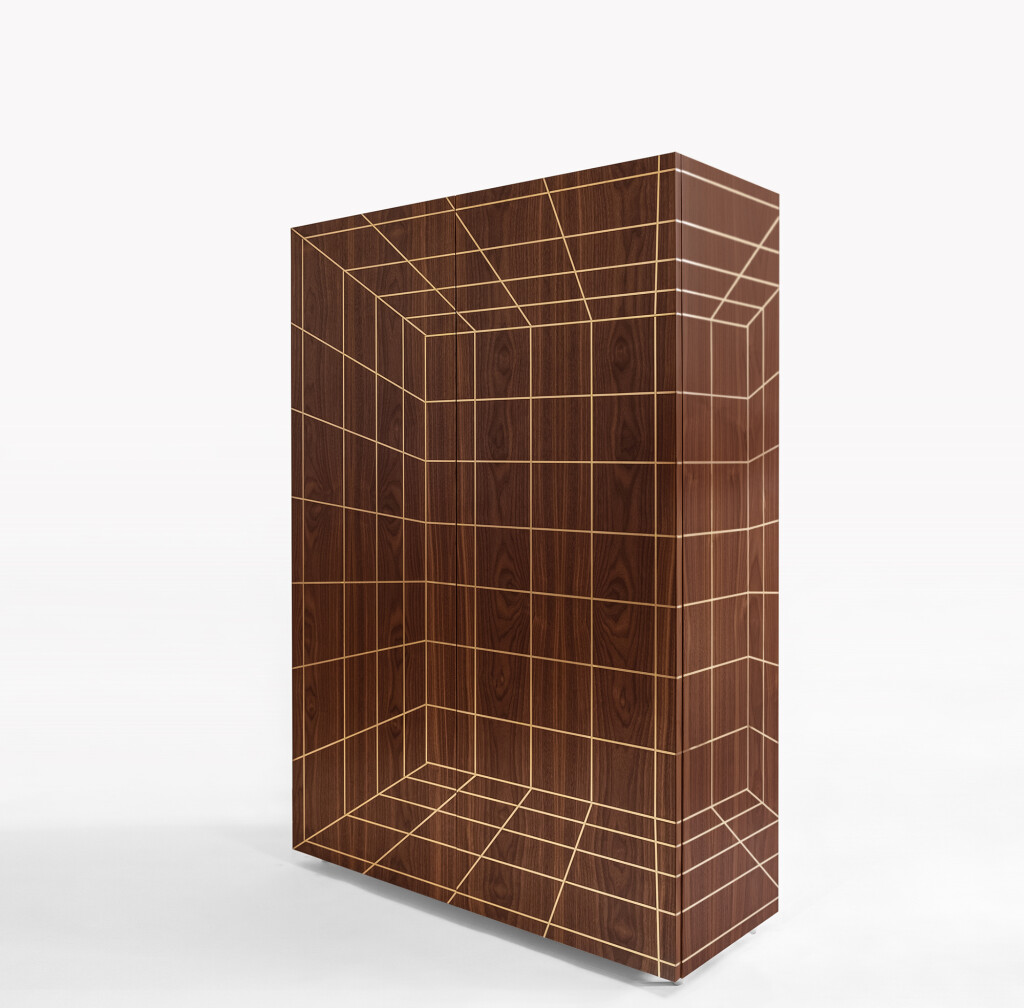
Prospecto for Medulum 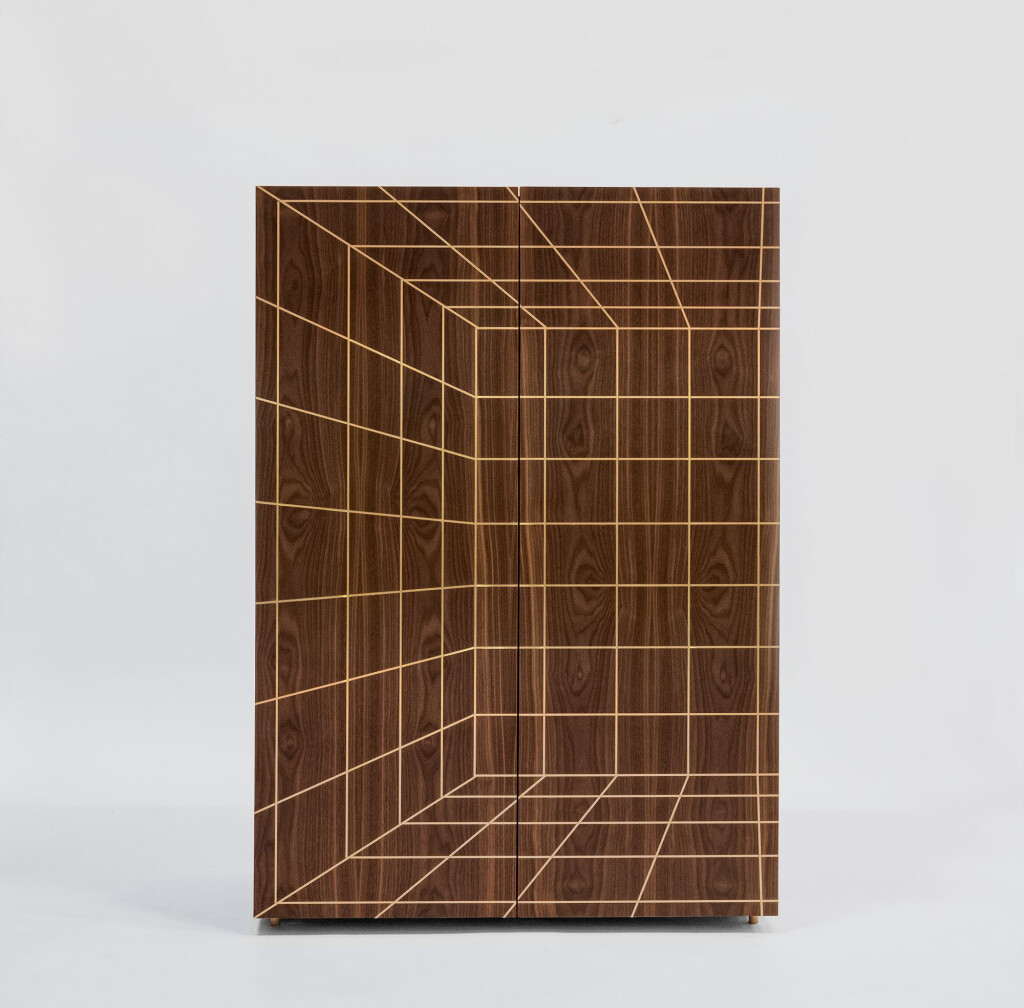
Prospecto for Medulum 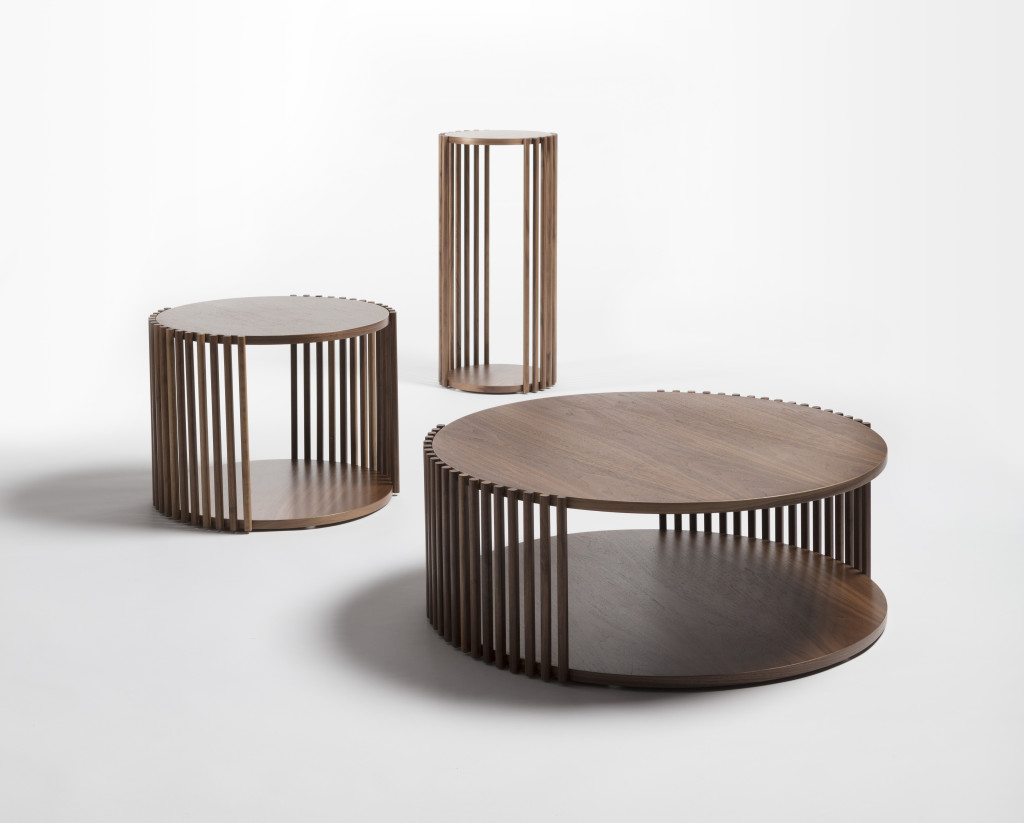
Palafitte for Medulum 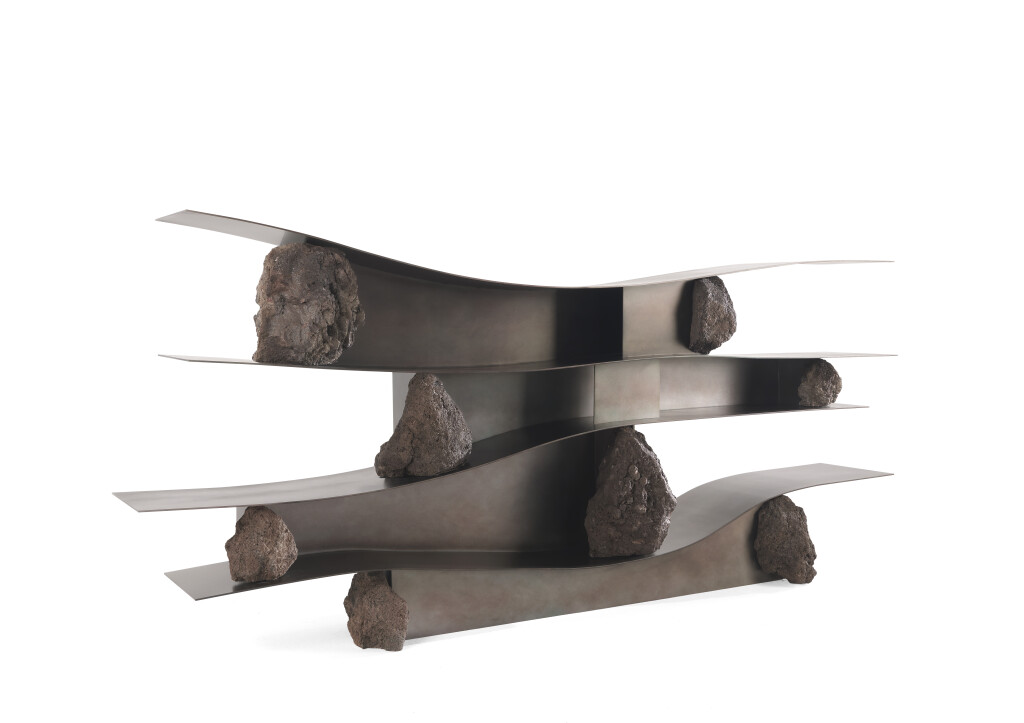
Karst for JCP Universe 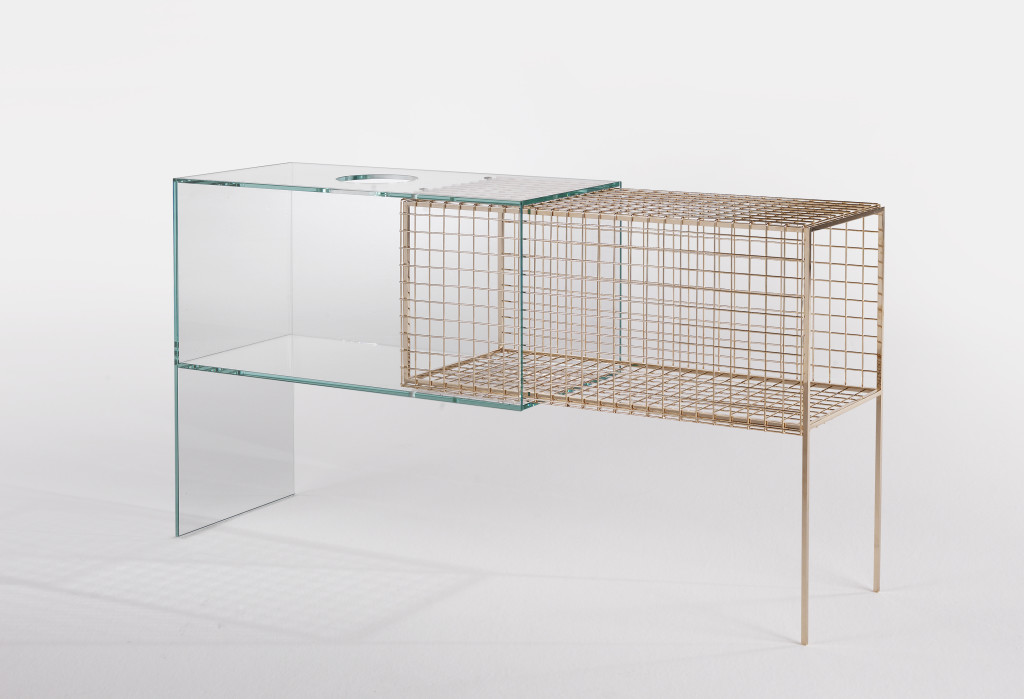
Debeam for JCP Universe 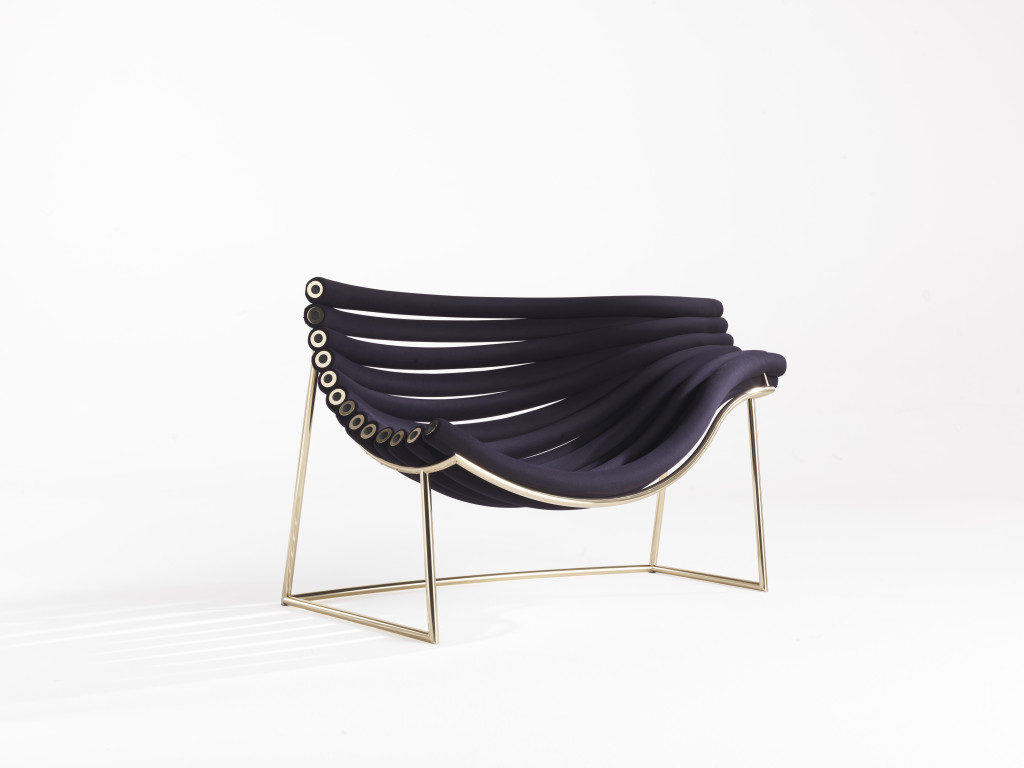
Amedea for JCP Universe 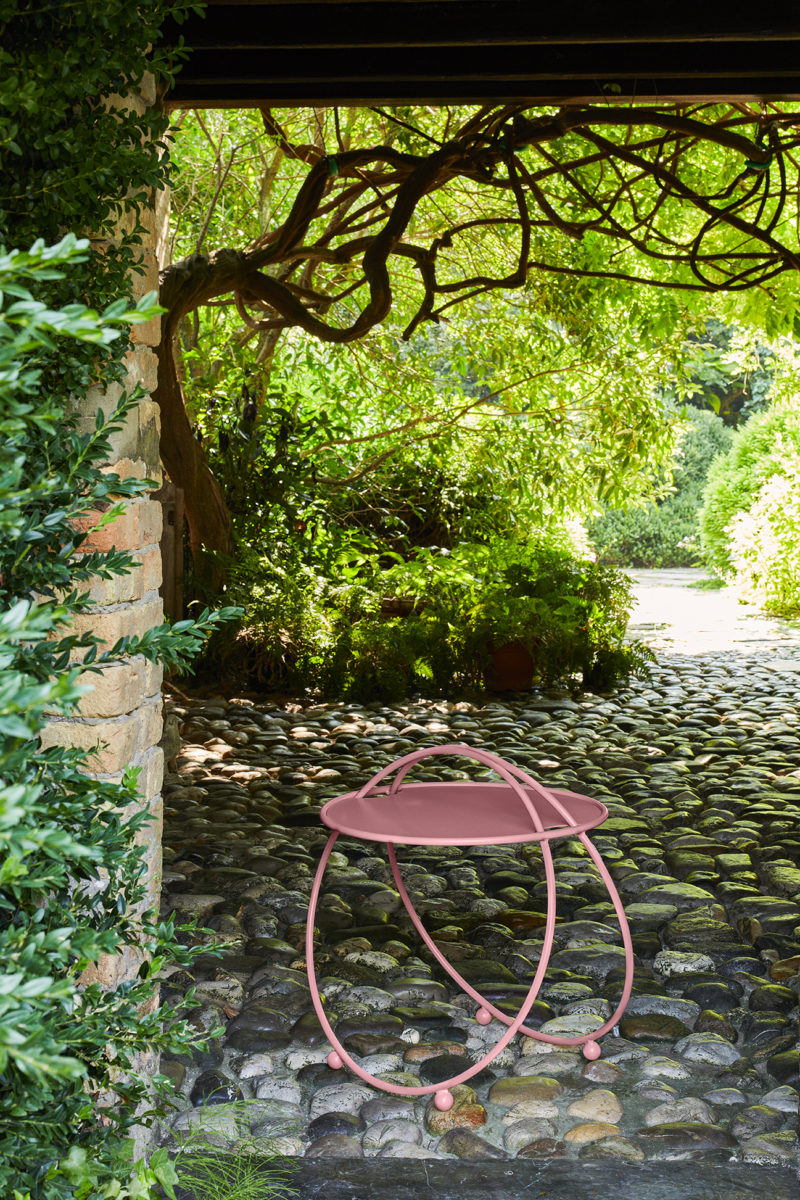
Oddo for CA/STIL 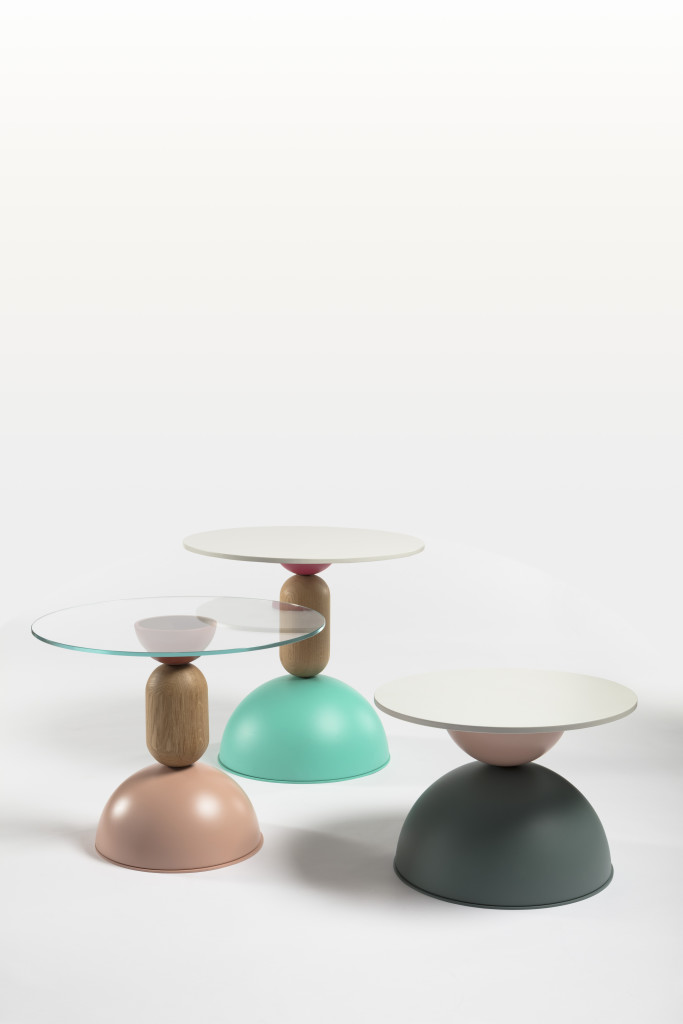
Rondò for Medulum 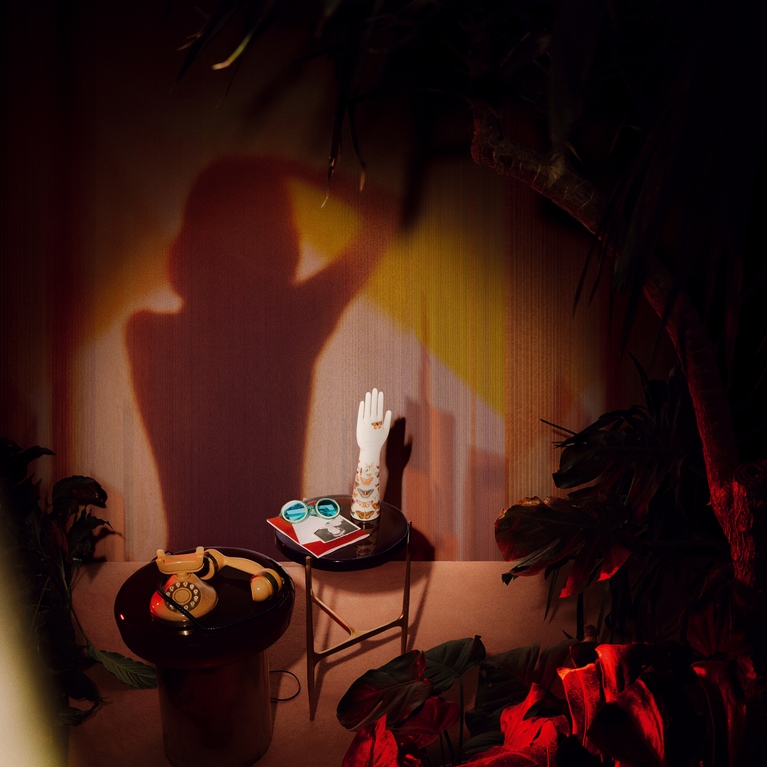
Great Expectation for Wall&Decò contemporary wallpaper 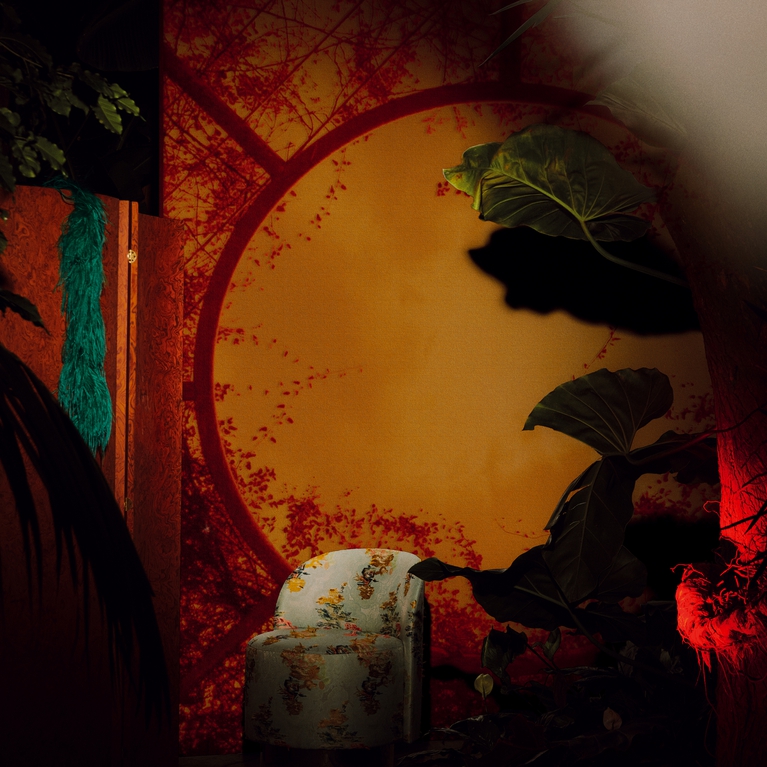
Ruby Tuesday for Wall&Decò contemporary wallpaper 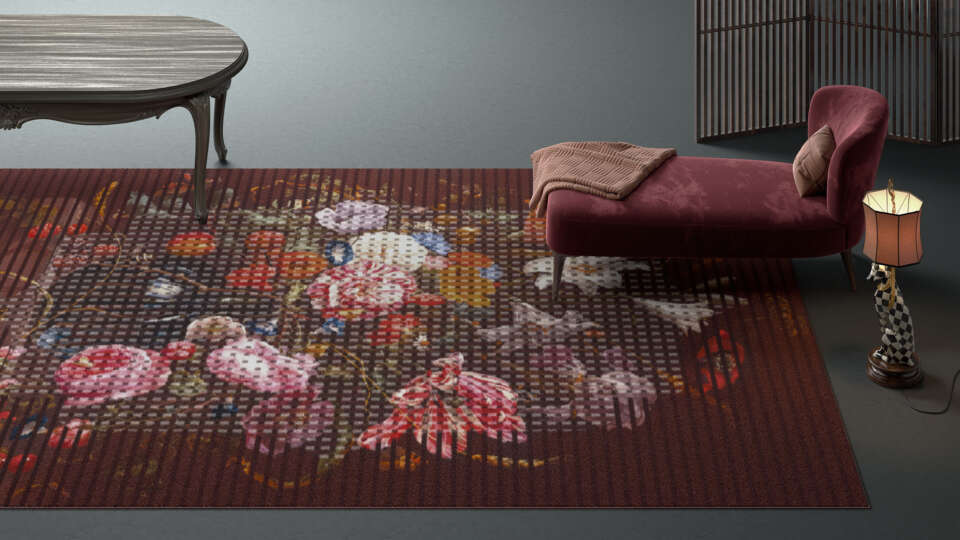
Esperanto for Yoyo 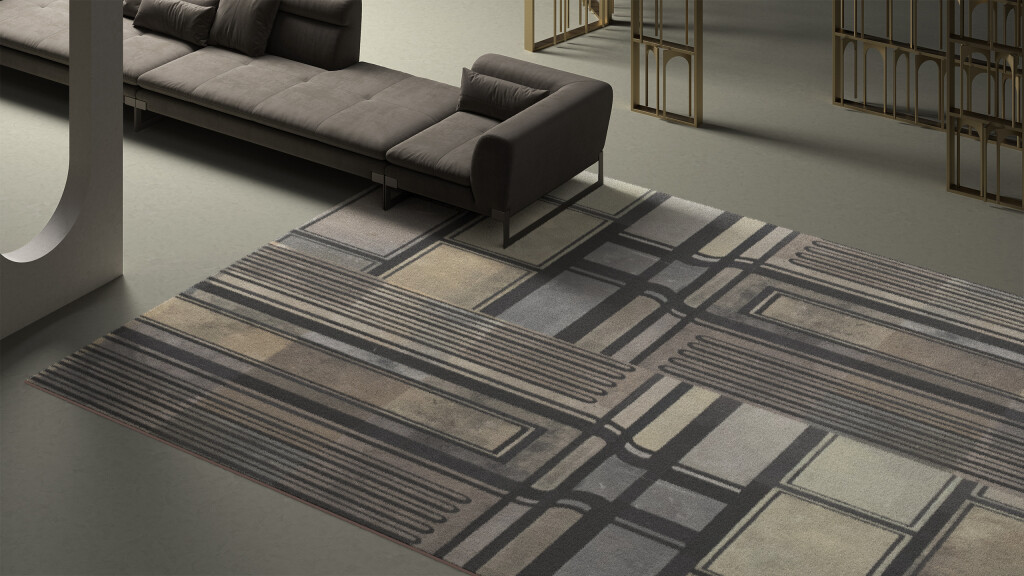
Stilema for Yoyo 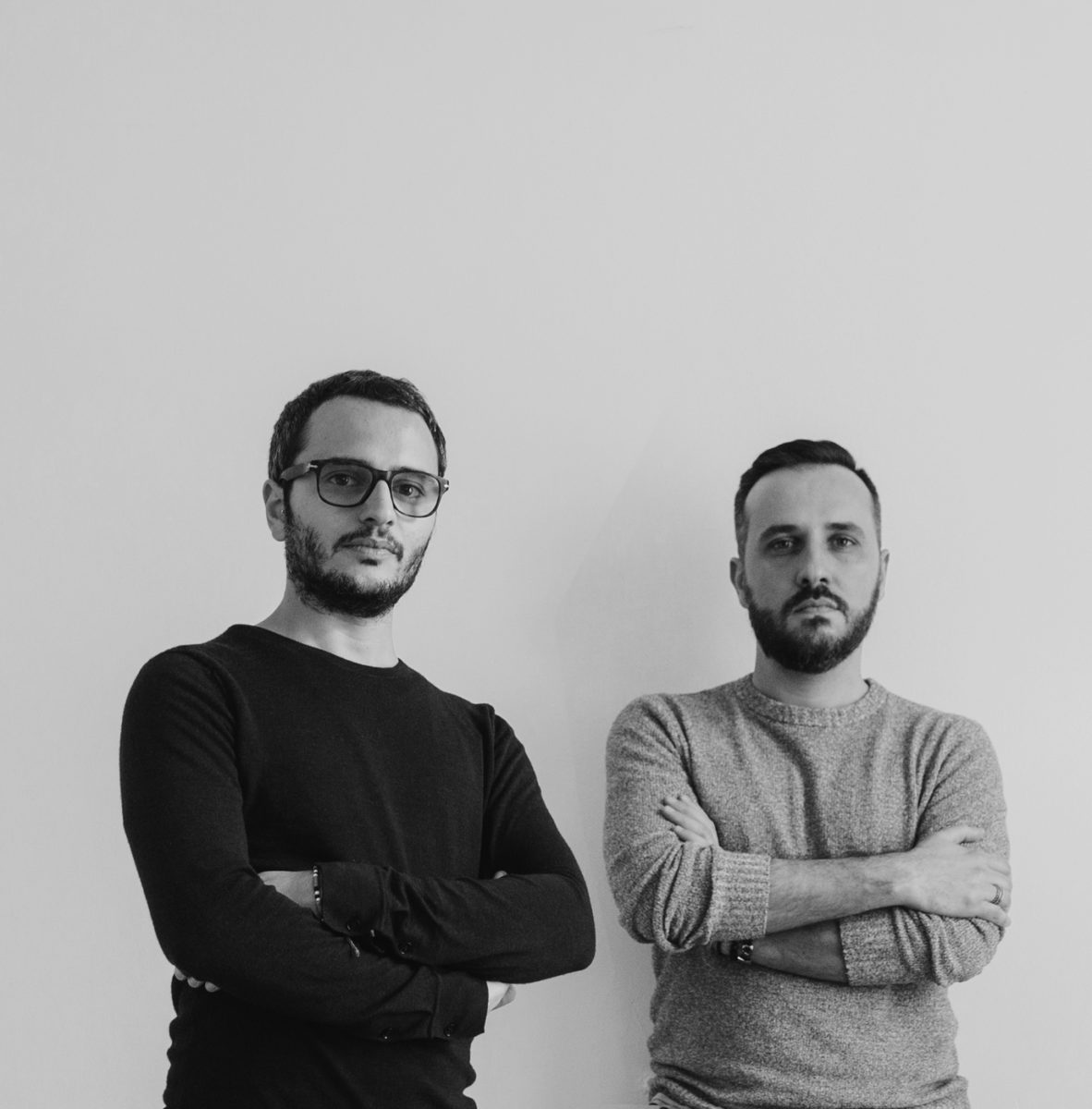
Debonademeo Studio
